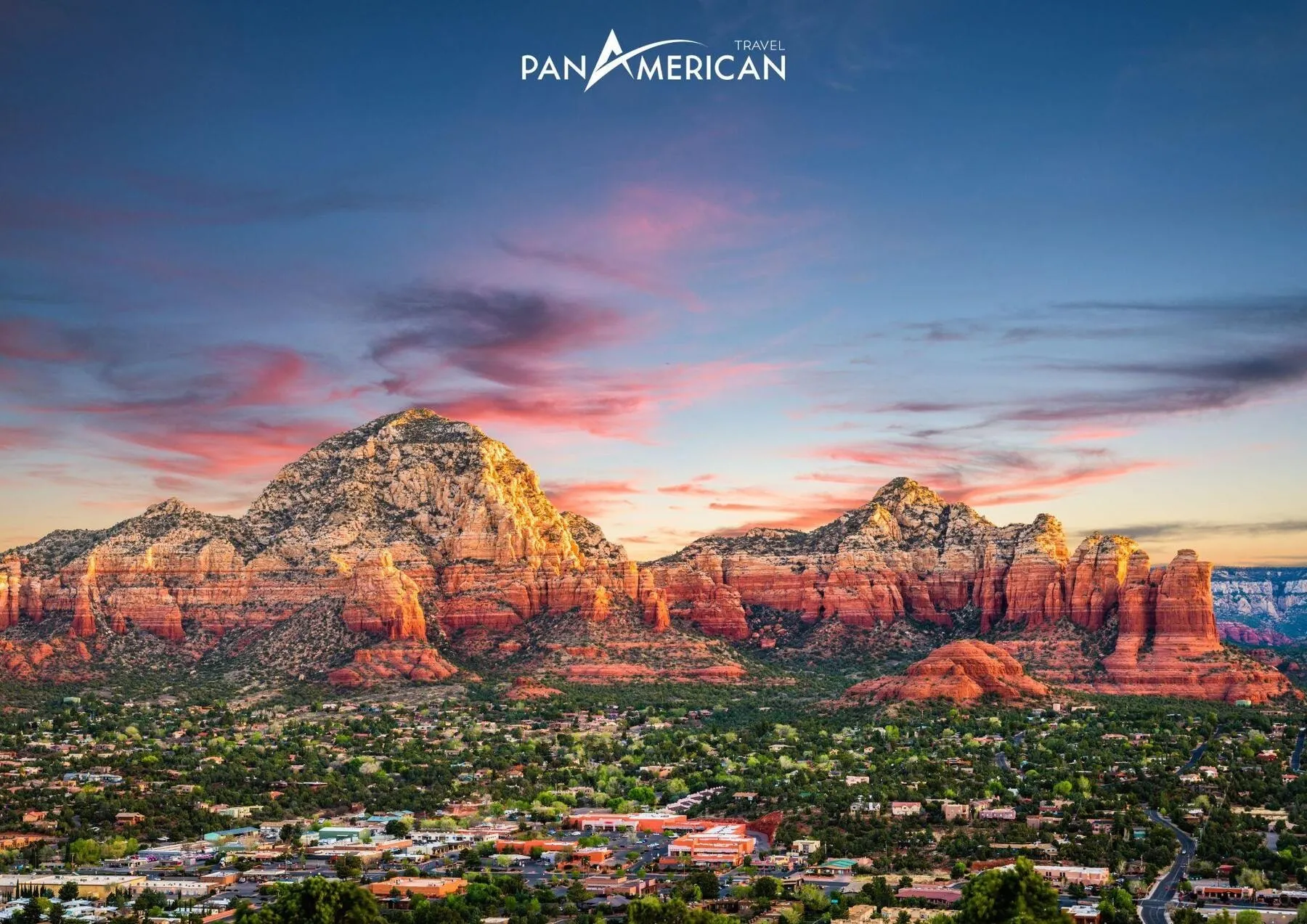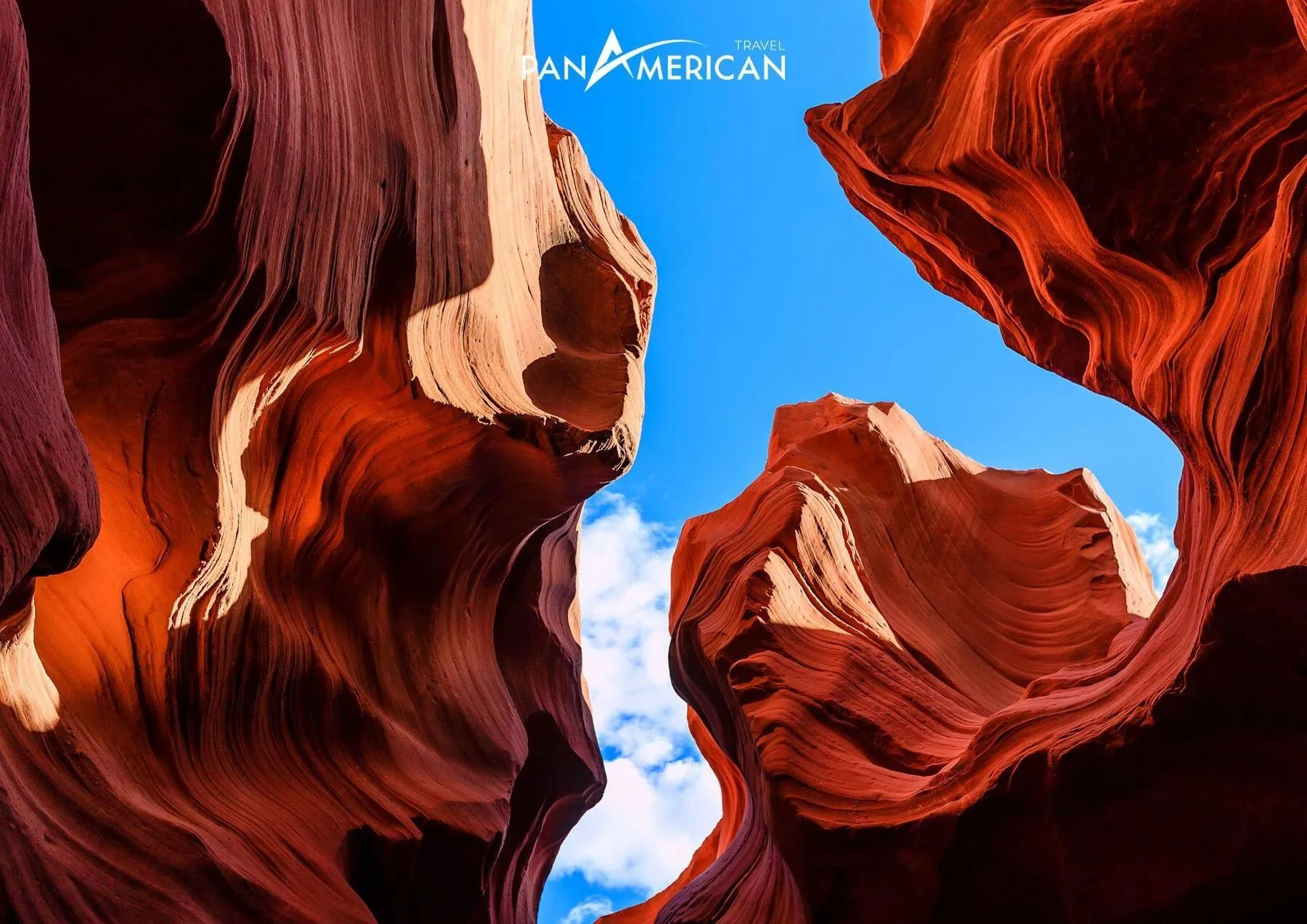Arizona, famed for the majestic Grand Canyon and the mysterious Antelope Canyon, is not only a paradise for nature lovers but also an ideal destination for those passionate about gem hunting. Are you ready for an exciting and lucky adventure in the “Canyon State”?
Where is Arizona and What Makes it Attractive?
Arizona is located in the Southwestern United States, bordering New Mexico, Utah, Nevada, California, and Mexico. The state capital is Phoenix, a vibrant economic, cultural, and political center. Arizona is famous for its arid desert climate, magnificent canyons, and especially the opportunity to find hidden gemstones in the earth.
Why is Arizona a Gem Hunting Paradise?
Arizona boasts a complex geological history, with numerous volcanic and tectonic activities over millions of years. This has created an ideal environment for the formation and concentration of many types of gemstones and minerals, including:
- Peridot: Arizona is famous for high-quality peridot, often found in volcanic deposits.
- Turquoise: This blue-green stone is highly valued by Native Americans and is often used in jewelry.
- Garnet: Garnets can be found in many areas of Arizona, in various colors.
- Copper: Although not a gemstone, copper is an important mineral in Arizona and is often found alongside other minerals.
- Petrified Wood: Ancient forests fossilized into gemstones, creating unique natural works of art.
Detailed Guide to Gem Hunting in Arizona
1. Thorough Research: Learn About Gemstones and Locations
Before embarking on your gem hunting journey, equip yourself with knowledge about the common gemstones in Arizona and potential locations.
- Learn about gemstones: Their colors, hardness, chemical composition, and value.
- Research mining locations: Find information online, in books, or join forums and groups about gemstones.
- Contact experts: Consult experienced individuals in the field for useful advice.
2. Choose the Right Time
The weather in Arizona can be harsh, especially in the summer. The best time to go gem hunting is in the spring (March – May) and autumn (September – November), when the temperature is cool and pleasant.

3. Prepare Complete Gear
A complete set of gear will help you increase your chances of successfully finding gemstones and ensure safety during excavation.
- Digging tools: Shovel, pickaxe, crowbar, hammer.
- Sifting tools: Sieves, screens of various sizes.
- Protective gear: Gloves, safety glasses, hat, boots.
- Containers: Bags, gemstone boxes.
- Location tools: GPS, map.
- Drinking water and snacks: Ensure enough energy for the whole day.
- Sunscreen and wide-brimmed hat: Protect skin from intense sunlight.
4. Find Potential Gem Hunting Locations
Arizona has many areas where residents and visitors are free to look for gemstones, but there are also privately owned areas or areas requiring mining permits. Here are some popular locations:
- National Parks: Some national parks allow collecting small amounts of gemstones for personal use. Check the specific regulations of each park before mining.
- Public Lands: Public lands managed by the Bureau of Land Management (BLM) often allow mineral exploration with some restrictions.
- Private Mines: Some private mines allow visitors to tour and search for gemstones for a fee.
5. Apply Effective Search Techniques
There are many different gem hunting techniques, depending on the type of gemstone you are looking for and the terrain of the area.
- Surface searching: Carefully check areas with signs of gemstones, such as unusual colors or special structures.
- Digging: Dig deep into the ground in potential areas, using shovels and pickaxes.
- Sifting: Use sieves and screens to remove soil and unnecessary materials, making it easier to find gemstones.
- Using a metal detector: Metal detectors can help you detect metallic minerals, such as gold and silver.
6. Comply with Regulations and Safety Principles
- Ask for permission: If you want to mine on private land, ask the owner for permission before starting.
- Comply with the law: Learn and comply with the mineral exploration regulations of the state of Arizona and the federal government.
- Protect the environment: Do not pollute the environment, fill holes after digging, and take away trash.
- Occupational safety: Use full protective gear, be careful when using digging tools, and avoid working alone.
- Pay attention to the weather: Avoid gem hunting on hot or stormy days.
7. Some Famous Gem Hunting Locations in Arizona
- Peridot Mesa: Famous for high-quality peridot.
- Royston Turquoise Mine: One of the oldest turquoise mines in Nevada, near the Arizona border.
- Round Mountain, Arizona: Famous for garnet.
- Petrified Forest National Park: National park with many beautiful petrified wood specimens. (Note: Collecting petrified wood in the park may be restricted, check regulations before visiting).

8. Tips for More Successful Gem Hunting
- Go with experienced people: Learn from the experience of those who have been gem hunting for many years.
- Join gem clubs: Connect with like-minded people and share experiences.
- Be patient: Gem hunting requires patience and persistence. Don’t be discouraged if you don’t find anything immediately.
- Observe carefully: Pay attention to small details, such as the color, structure, and shape of stones.
- Use a magnifying glass: A magnifying glass can help you see the characteristics of gemstones more clearly.
Conclusion: Gem Hunting – A Unique Experience in Arizona
Gem hunting in Arizona is not only a fun recreational activity but also an opportunity to explore the magnificent natural beauty and learn about the geological history of this land. Prepare thoroughly, comply with regulations, and enjoy a lucky adventure in the “Canyon State”! You will have unforgettable memories, and who knows, you might find a valuable gemstone as a souvenir or even an investment!